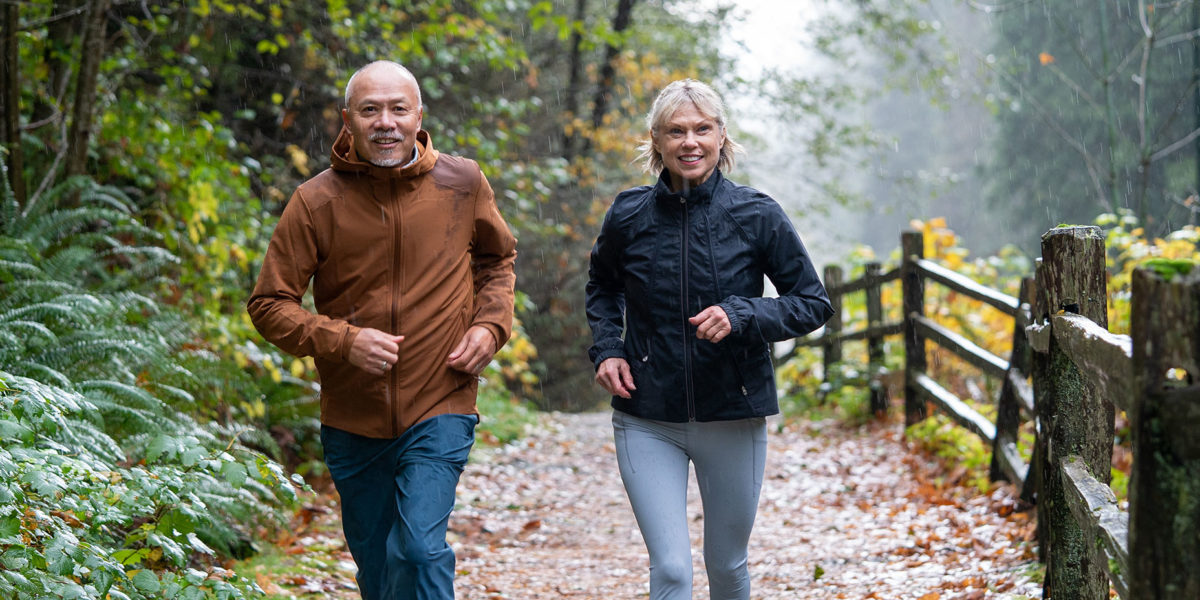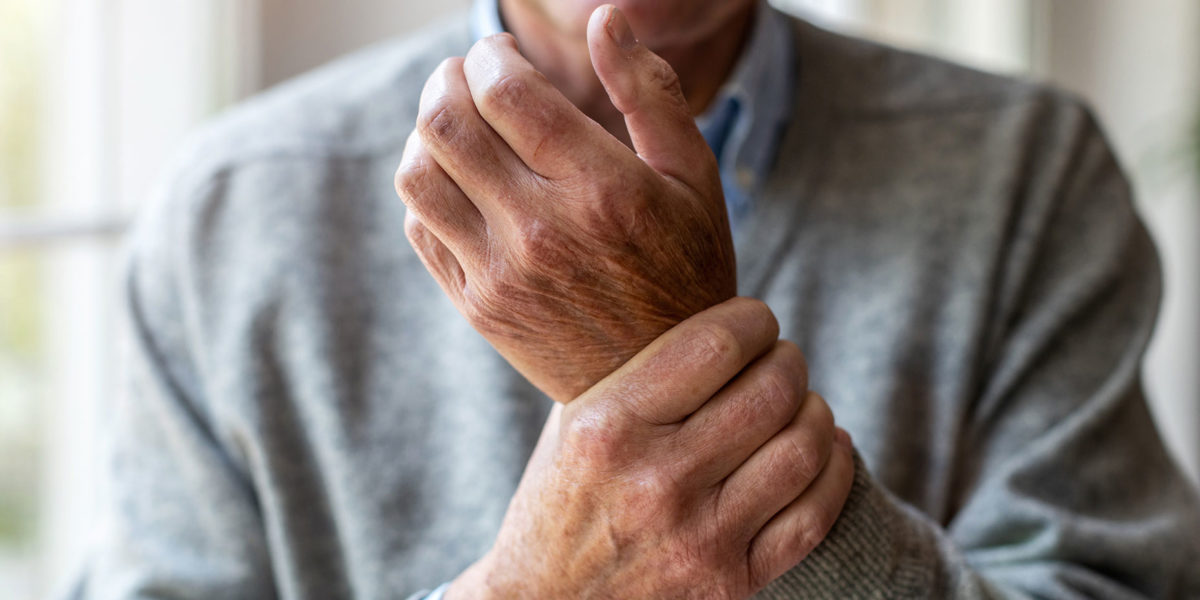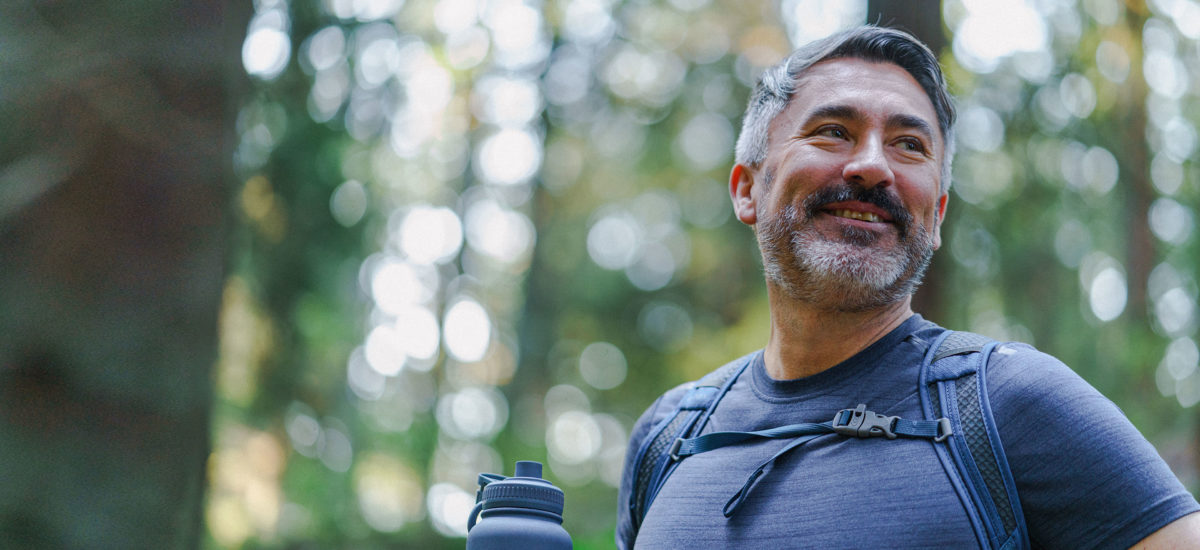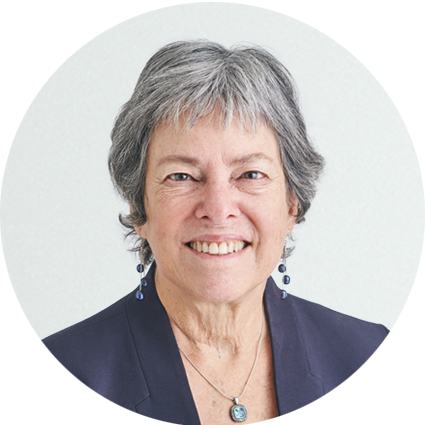Men tend to overlook the potential of developing bone conditions like osteoporosis, which means they often miss important red flags. Unfortunately, when men fail to stay on top of their bone health it can result in devastating bone fractures, and even life-threatening conditions. In fact, statistics show that one-third of all hip fractures occur in men. Furthermore, male hip fractures tend to have a higher mortality rate than fractures that occur in women[*].
In the United States, reports show that approximately 2 million men already have osteoporosis, while 12 million more are at risk – with around 80,000 men breaking a hip each year[*].
Sadly, one of the primary reasons men go on to develop osteoporosis in the first place is that they fail to take preventative steps early on.
This article will explore what osteoporosis is, why men still need to be aware of bone health, and what lifestyle factors can contribute to the onset of osteoporosis in men.
What Is Osteoporosis?
Osteoporosis is a condition in which your bones become weak, enhancing their susceptibility to fracture. Symptoms of osteoporosis include stooped posture, loss of height, back pain, and of course, bones that are more brittle, which results in easier breakage.
Several factors can contribute to the onset of osteoporosis, the most universal being age. However, many modifiable risk factors can also contribute, including diet, exercise, and hormonal balance.
Furthermore, some health conditions and medications may enhance the risk for osteoporosis due to their impact on hormones, immunologic compounds, and nutrient balance in your body [19].
How Does Osteoporosis Form?
So, what exactly happens to your bones in the pathophysiology of osteoporosis?
While there can be many instigating factors that contribute to osteoporosis, on a cellular level, the process is pretty straightforward.
Your bones are constantly going through a process called bone remodeling, which is the breakdown and build-up of bone material. To accomplish this feat, two cell types called osteoclasts, and osteoblasts work in concert to balance the breakdown and buildup process.
While osteoclasts assist with bone resorption (the breakdown process), osteoblasts come in to help remineralize the bone and build it back up. As you might imagine, if either of these aspects of bone remodeling gets out of whack, it could cause some serious issues – which is exactly the case with osteoporosis.
Simple put, in osteoporosis, the resorption activity of osteoclasts outpaces osteoblast mineralization activity. As a result, your bones lose minerals (and therefore integrity) and become more brittle as healthy bone tissue development is imparied [1].
The Male Vs. Female Bone Structure
It’s easy to see from the outside how male and female bodies tend to differ in structure. For instance, generally speaking, men tend to be taller than women and have a larger build [2].
While men have longer arms and legs (specifically tibia and femur bones), women’s bodies are optimized for childbearing. For example, women tend to have a wider pelvis and torso, held together by ligaments that allow for expansion necessary for childbirth. The width of the pelvis also allows female bodies to accommodate their organs during pregnancy [3].
Research also shows that men, in general, have higher bone mineral density when compared to women. This creates stronger bones with more integrity that are less prone to fracture [4].

Why Osteoporosis Is Less Common In Males
While both males and females can develop osteoporosis, this condition is about four times more prevalent in women than men [5].
The overarching reason for this is that while both males and females reach peak bone density in their 20s, women start to lose bone density earlier and at a faster rate than men [6]. Now the question becomes, why?
Several factors contribute to bone loss, including:
- Hormones
- Muscle atrophy
- Bone structure
Hormones
The male and female hormonal systems are quite different, especially when it comes to sex hormones. While men tend to have higher levels of testosterone, women have higher levels of estrogen.
Estrogen is a female sex hormone that plays a crucial role in the maintenance of bone density due to its involvement in calcium metabolism and bone remodeling.
Specifically, research shows that estrogen helps to slow down bone resorption due to its impact on osteoclasts. By inhibiting some osteoclast activity, osteoblasts can carry out more mineralization, resulting in stronger, sturdier bones [7].
Furthermore, estrogen assists with calcium absorption in the intestine and reabsorption in the kidneys. This creates a larger pool of calcium in your blood that can be used for bone mineralization [8][9].
As women begin to hit their menopausal years, estrogen slowly starts to decline. This is because, biologically, estrogen’s primary activity is to allow for fertility. As estrogen levels start to plummet around the age of 50, women become more susceptible to bone loss and osteoporosis.
This is why osteoporosis tends to be the most prevalent in postmenopausal women [10].
Since women not only have more estrogen to start with, but they also lose it as they age, this hormone creates a larger impact on their bone health than it does in males.
Muscle Atrophy
Muscle plays an important role in the maintenance of bone health. This is why weight-bearing exercises that increase muscle mass can be so beneficial for protecting your bones. As you move, your muscles produce stress on your bones, which in turn stimulates your bones for growth. Furthermore, more muscle will produce greater blood flow to any specific area. As blood flows to the areas of your body with muscle, it will also provide nutrients for bone growth and maintenance [11].
This is one of the reasons that physical activity remains a vital lifestyle factor as people age.
Unfortunately, many people find that as they get on in the years, they move less and less. While this impacts both sexes, men naturally have more muscle than women, which means that the gradual loss of muscle mass as we age will impact them less significantly – at least in the beginning [20].
Bone Structure
As we covered above, men tend to have higher bone mineral density than women, and women tend to have thinner bones than men. Due to their larger skeletal size, men simply have more bone to work with than women.
Furthermore, once menopause hits and hormonal shifts start to upregulate bone resorption, it becomes a double whammy on the female skeletal structure [4].

Can Men Get Osteoporosis?
It’s clear that men have several advantages over women when it comes to bone integrity, but does this mean that they are exempt from osteoporosis?
Not quite.
In fact, one of the reasons that men may miss the warning signs for osteoporosis is that they are much less likely to undergo preventative screening than women. For this reason, the beginning stages of osteoporosis in men often go untreated, which can set the stage for progression [12].
Causes Of Osteoporosis In Males
There are several potential causes of osteoporosis in males. While women are more likely to develop primary osteoporosis (directly due to aging and bone loss), men tend to develop osteoporosis due to secondary causes.
These include:
Medications
Many medications can impact bone loss as a side effect (such as glucocorticoid medications for asthma and rheumatoid arthritis).
Low Testosterone
While estrogen plays a crucial role in women’s bone health, testosterone helps to keep men’s bones strong and healthy [13].
The difference is that while women tend to have a sudden and significant drop in estrogen as they hit menopause, men typically have a less dramatic reduction in testosterone. However, medications and lifestyle factors can impact testosterone production in men as they age, directly influencing bone health.
There is also some research that suggests estrogen insufficiency in older men may also increase the risk for osteoporosis.
Smoking
Although the exact mechanism is unclear, there is a direct correlation between smoking cigarettes and the risk for osteoporosis. This may be due to the fact that smokers tend to be smaller in stature and also less likely to be physically active.
There is also some evidence that smoking cigarettes decreases the production of the active form of vitamin D, an essential nutrient for bone health [16].
GI Disorders
A handful of nutrients, including calcium, phosphorus, vitamin D, and many more, play a vital role in maintaining healthy bones. As we age, our ability to digest and absorb nutrients naturally declines, but if any type of gastrointestinal disorder is present, this issue can become magnified [17].
This is where relying on supplementation can really help to turn things around. Specifically, look for plant-based calcium options. These are both gentle on the stomach, and allow for maximum absorption.
Lack of Exercise
As mentioned, physical activity and the maintenance of muscle mass through resistance exercise plays an important role in stimulating bone growth. Unfortunately, as we age, injury and other illnesses may result in a reduced capacity for physical activity and potentially even bed rest.
For this reason, focusing on rehabilitation and engaging in any type of movement after an injury or illness is crucial – even the smallest amount of muscle activation can start to make a difference [18].

Diagnosing and Treating Osteoporosis in Men
One of the most important ways to diagnose Osteoporosis is to get tested early. Early testing can help prevent more serious injuries and will give you a better chance to build up your bone density faster.
Osteoporosis is best treated when it’s detected before significant bone loss has occurred, as opposed to waiting for a fracture or the onset of symptoms. There are several ways to screen for osteoporosis, including:
- X-rays
- DEXA scan (Dual-energy X-ray absorptiometry) measures bone mineral density using spectral imaging
- Blood and urine tests
- CTX (serum C-terminal cross-linking telopeptide) a key marker for bone resorption
- PINP (N-terminal collagen type I extension propeptide) a key marker for bone formation
- NTX (bone resorption test)
X-rays are typically conducted at a radiologists office, and you can ask your primary care doctor about the blood and urine test options as well.
Once you’ve done your screening, you’ll have insight into the current state of your bones. From here, you and your doctor can come up with a plan to either enhance or maintain your bone density.
With that being said, there are several things you can do right now as preemptive strategies to maintain healthy bones. These include:
- Avoid smoking
- Reduce alcohol intake
- Increase physical activity, especially weight-bearing exercises that can strengthen muscles and bones (walking, jogging, climbing stairs, lifting weights, and so on).
- Ensure that you’re getting enough calcium and vitamin D for your age (which will likely require some amount of supplementation)
- Discuss any current medications you may be taking with your doctor to assess whether they can impact bone health or hormonal balance (which could ultimately impact your bones)
- Work with your physician to assess if you have any underlying conditions that could affect bone health

Takeaway
While no one will argue that osteoporosis is more common in women, it doesn’t mean that men are entirely in the clear. Both the aging process itself, along with several lifestyle factors, can increase the risk of osteoporosis in men and women alike.
This is information that’s often overlooked in visits with your doctor, so it’s up to you to talk to your doctor directly or to encourage your loved ones to seek advice if you’re concerned about their bone health.
Most men assume that they’re in the clear when it comes to osteoporosis, so looking out for the males in your family could make a world of difference in their long-term bone health. Whether it be your father, husband, uncle, or even a son that’s getting on in his years, sharing this information can help your loved one protect their bone health for the years to come.
Regardless of your gender, one of the most effective ways to improve bone density is through high-quality supplements like our Bone Builder Pack, which contains 16 bone-supporting nutrients. Whether your medications are leaching nutrients from your body, you aren’t absorbing food like you used to, or the aging process is inhibiting proper bone mineralization, the Bone Builder Pack has you covered.
And we have plenty of happy male customers to back us up. In fact, you can check out our AlgaeCal Success Stories to learn more about the amazing results men have had with our supplements.
Sign up for our newsletter to keep in touch with Algaecal and learn more about how to keep your bones healthy and strong as you age.
References
- Föger-Samwald, Ursula, et al. “Osteoporosis: Pathophysiology and therapeutic options.” EXCLI journal 19 (2020): 1017.
- https://ourworldindata.org/human-height
- Spradley, M. Kate. “Metric methods for the biological profile in forensic anthropology: sex, ancestry, and stature.” Academic forensic pathology 6.3 (2016): 391-399.
- Nieves, Jeri W., et al. “Males have larger skeletal size and bone mass than females, despite comparable body size.” Journal of Bone and Mineral Research 20.3 (2005): 529-535.
- Alswat, Khaled A. “Gender disparities in osteoporosis.” Journal of clinical medicine research 9.5 (2017): 382.
- Lang, Thomas F. “The bone-muscle relationship in men and women.” Journal of osteoporosis 2011 (2011).
- Khosla, Sundeep, Merry Jo Oursler, and David G. Monroe. “Estrogen and the skeleton.” Trends in Endocrinology & Metabolism 23.11 (2012): 576-581.
- Gennari, Carlo, et al. “Estrogen preserves a normal intestinal responsiveness to 1, 25-dihydroxyvitamin D3 in oophorectomized women.” The Journal of Clinical Endocrinology & Metabolism 71.5 (1990): 1288-1293.
- McIlroy, Janet, et al. “Lesson of the week Oestrogen and calcium homeostasis in women with hypoparathyroidism.” BMJ 319.7219 (1999): 1252-1253.
- Ji, Meng-Xia, and Qi Yu. “Primary osteoporosis in postmenopausal women.” Chronic diseases and translational medicine 1.01 (2015): 9-13.
- Kaji, Hiroshi. “Interaction between muscle and bone.” Journal of bone metabolism 21.1 (2014): 29-40.
- Adler, Robert A. “Update on osteoporosis in men.” Best Practice & Research Clinical Endocrinology & Metabolism 32.5 (2018): 759-772.
- Snyder, Peter J., et al. “Effect of testosterone treatment on volumetric bone density and strength in older men with low testosterone: a controlled clinical trial.” JAMA internal medicine 177.4 (2017): 471-479.
- Lange, Nancy E., et al. “Vitamin D deficiency, smoking, and lung function in the Normative Aging Study.” American journal of respiratory and critical care medicine 186.7 (2012): 616-621.
- Katz, Seymour, and Stuart Weinerman. “Osteoporosis and gastrointestinal disease.” Gastroenterology & hepatology 6.8 (2010): 506.
- Carter, Melissa I., and Pamela S. Hinton. “Physical activity and bone health.” Missouri medicine 111.1 (2014): 59.
- https://www.mayoclinic.org/diseases-conditions/osteoporosis/symptoms-causes/syc-20351968
- Haizlip, K. M., B. C. Harrison, and L. A. Leinwand. “Sex-based differences in skeletal muscle kinetics and fiber-type composition.” Physiology 30.1 (2015): 30-39.






car
November 2, 2022 , 10:30 amside effects